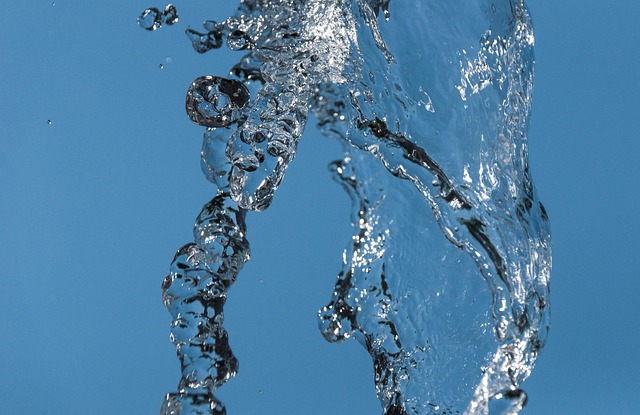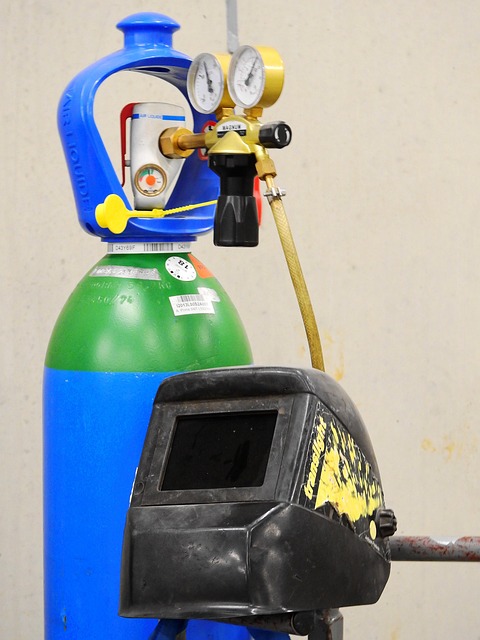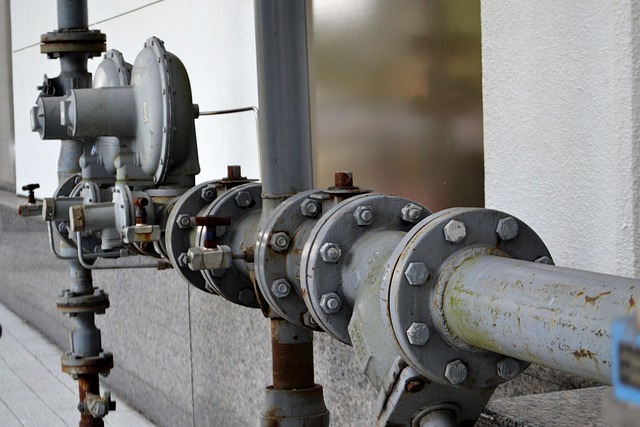Low water pressure can be caused by various issues such as plumbing leaks, sediment buildup from hard water, faulty or improperly calibrated pressure regulators, obstructed faucet aerators, and insufficient booster pumps. Regular maintenance, including flushing, backwashing, and checking the pressure regulator, can prevent these problems. Faucet aerators mix air with water to increase flow volume and reduce pressure drops, while a booster pump enhances water pressure throughout the system. Prompt action on pressure-related issues ensures a robust plumbing system, averts costly repairs, and promotes efficient water usage.
Low water pressure can disrupt your daily routine, from weak shower flows to struggling to fill a sink. Understanding the root causes, such as sediment buildup or faulty plumbing, is crucial. This article delves into various aspects of maintaining optimal water pressure, focusing on key components like pressure regulators and faucet aerators. We explore when a booster pump becomes necessary and emphasize the importance of regular maintenance checks to prevent costly plumbing leaks and ensure efficient pressure reducing valve performance.
- Understanding Low Water Pressure: Causes and Effects
- The Role of a Pressure Regulator in Maintaining Optimal Pressure
- How Faucet Aerators Can Enhance Water Flow and Reduce Pressure Drop
- Addressing Sediment Buildup: Its Impact on Plumbing Leaks and Valve Functionality
- When is a Booster Pump Necessary? Benefits and Considerations
- Regular Maintenance Checks: Ensuring Efficient Pressure Reducing Valve Performance
Understanding Low Water Pressure: Causes and Effects

Low water pressure is a common issue that can significantly impact your daily routines and overall home comfort. Understanding its causes is essential for effective troubleshooting and maintenance. Plumbing leaks, whether in pipes or fixtures, can lead to significant water wastage and reduced pressure throughout the system. Over time, sediment buildup in pipes and fixtures, often due to hard water, can restrict water flow, resulting in low pressure.
Another factor to consider is the condition of your pressure regulator, which maintains consistent water pressure in your home. If it’s faulty or improperly calibrated, it may fail to regulate pressure effectively. Faucet aerators, designed to mix air with water for a smoother flow, can also become obstructed by mineral deposits, reducing water pressure at individual fixtures. In some cases, an insufficient booster pump might not be providing enough pressure to meet the demands of modern appliances, leading to low-pressure issues.
The Role of a Pressure Regulator in Maintaining Optimal Pressure

A pressure regulator plays a vital role in any plumbing system by ensuring consistent and optimal water pressure throughout your home or building. It acts as a guardian, protecting against both low water pressure and its opposite—uncontrollable high pressure that can cause damage to fixtures and pipes. By maintaining a balanced pressure, it prevents issues like weak water flow from faucets, showerheads, and appliances, which often result from low water pressure, as well as potential plumbing leaks caused by excessive force.
Regularly maintaining and checking your pressure regulator is essential. Over time, factors such as sediment buildup can affect its functionality. Installing faucet aerators or using a booster pump can also influence pressure levels. Therefore, it’s crucial to monitor any changes in water pressure and address issues promptly to ensure the longevity of your plumbing system and avoid costly repairs related to water pressure problems, including inefficient water usage due to low pressure or pipe damage from high pressure.
How Faucet Aerators Can Enhance Water Flow and Reduce Pressure Drop

Faucet aerators are a simple yet effective way to enhance water flow and reduce pressure drops in your plumbing system. By mixing air with water, these devices can increase the overall volume of water flowing through the pipes, mitigating the effects of low water pressure. This is particularly beneficial in homes or buildings with older plumbing or those experiencing sediment buildup, which can clog pipes and further diminish water pressure.
Additionally, faucet aerators help to prevent the need for a booster pump, which can be an expensive solution to severe low water pressure issues. By keeping the water flow consistent and reducing pressure drops, these devices minimize the chances of plumbing leaks and extend the lifespan of your pipes and fixtures. This not only saves on repair costs but also contributes to a more sustainable and efficient home or commercial space.
Addressing Sediment Buildup: Its Impact on Plumbing Leaks and Valve Functionality

Sediment buildup is a common issue in plumbing systems that can significantly impact water pressure and lead to costly repairs, including faucet aerators and potential plumbing leaks. Over time, mineral deposits, rust, and other particles accumulate inside pipes and on valve components, reducing water flow and creating pressure imbalances. This can result in low water pressure from faucets and fixtures, affecting daily routines and increasing the strain on plumbing hardware.
Addressing sediment buildup early is crucial to maintaining optimal valve functionality and preventing leaks. Boosters pumps, for instance, can help overcome reduced pressure caused by sediment, but they are not a cure-all. Regular maintenance practices such as flushing and backwashing, along with the installation of high-quality faucet aerators designed to minimize debris, can go a long way in preserving the efficiency and longevity of pressure regulators within your plumbing system.
When is a Booster Pump Necessary? Benefits and Considerations

In many homes, low water pressure can be a persistent issue, leading to frustrations like weak shower flows and slow faucet filling times. This is often due to various factors such as plumbing leaks, excessive hot water usage, or sediment buildup in pipes. One effective solution to enhance water pressure is the installation of a Booster Pump. This device increases the water pressure throughout your plumbing system, ensuring consistent performance.
A Booster Pump is particularly useful when traditional pressure regulator solutions are insufficient. It works by boosting the incoming water pressure to meet the demands of modern fixtures, including high-flow rate showerheads and faster faucet aerators. By addressing low water pressure, a booster pump can prevent costly plumbing leaks and prolong the lifespan of your pipes. Consider this option if you’ve tried other remedies like faucet aerators or pressure regulators without significant relief, especially in homes with older plumbing or complex layouts.
Regular Maintenance Checks: Ensuring Efficient Pressure Reducing Valve Performance

Regular maintenance checks are essential for keeping your pressure reducing valve (PRV) in top condition and ensuring it maintains optimal performance. A well-maintained PRV can significantly prevent issues like low water pressure, which often results from plumbing leaks or a buildup of sediment in pipes. Over time, sediment accumulation can restrict water flow, leading to reduced pressure at faucets and appliances. Regular inspections should include checking for any signs of corrosion or damage, as well as testing the valve’s functionality.
One effective measure is to install faucet aerators that mix air with water, which reduces water usage while maintaining pressure. Additionally, if your home has a booster pump, regular maintenance checks are crucial to ensure it operates efficiently and effectively regulates water pressure throughout the system. By addressing potential issues early on, you can prevent costly plumbing repairs and maintain consistent hot water pressure in your home.
